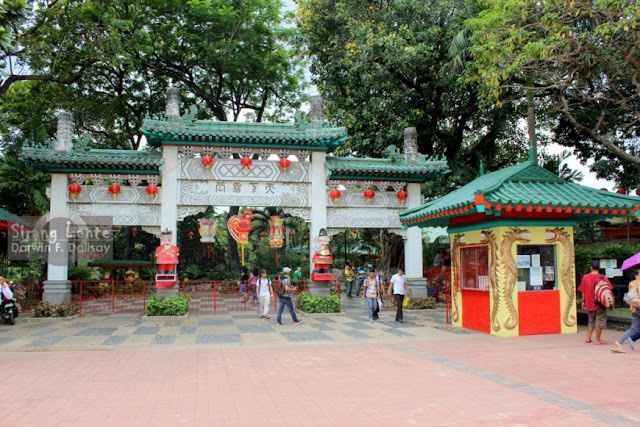
Jump to: | About the Museum | Top Highlights | How to Get There | Exhibits and Galleries | Travel Tips | Nearby Attractions | Related Posts
🏛️ About the National Museum of Natural History
The National Museum of Natural History, located within the National Museum Complex in Rizal Park, Manila, is one of the Philippines’ most breathtaking architectural and cultural landmarks. Officially opened to the public in 2018, it showcases the country’s extraordinary biodiversity and natural treasures — from rare fossils and endemic species to lush forest and marine ecosystems.









